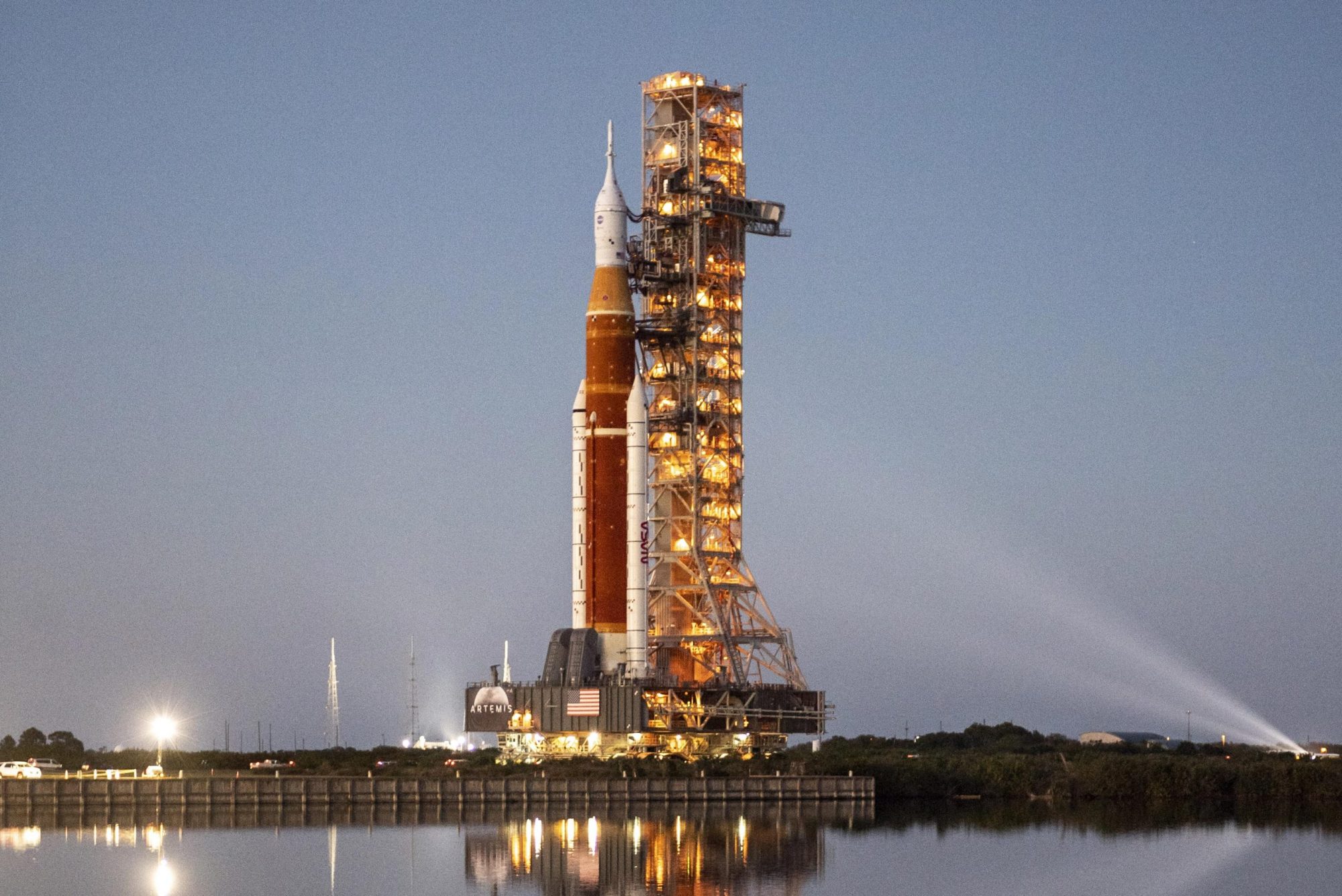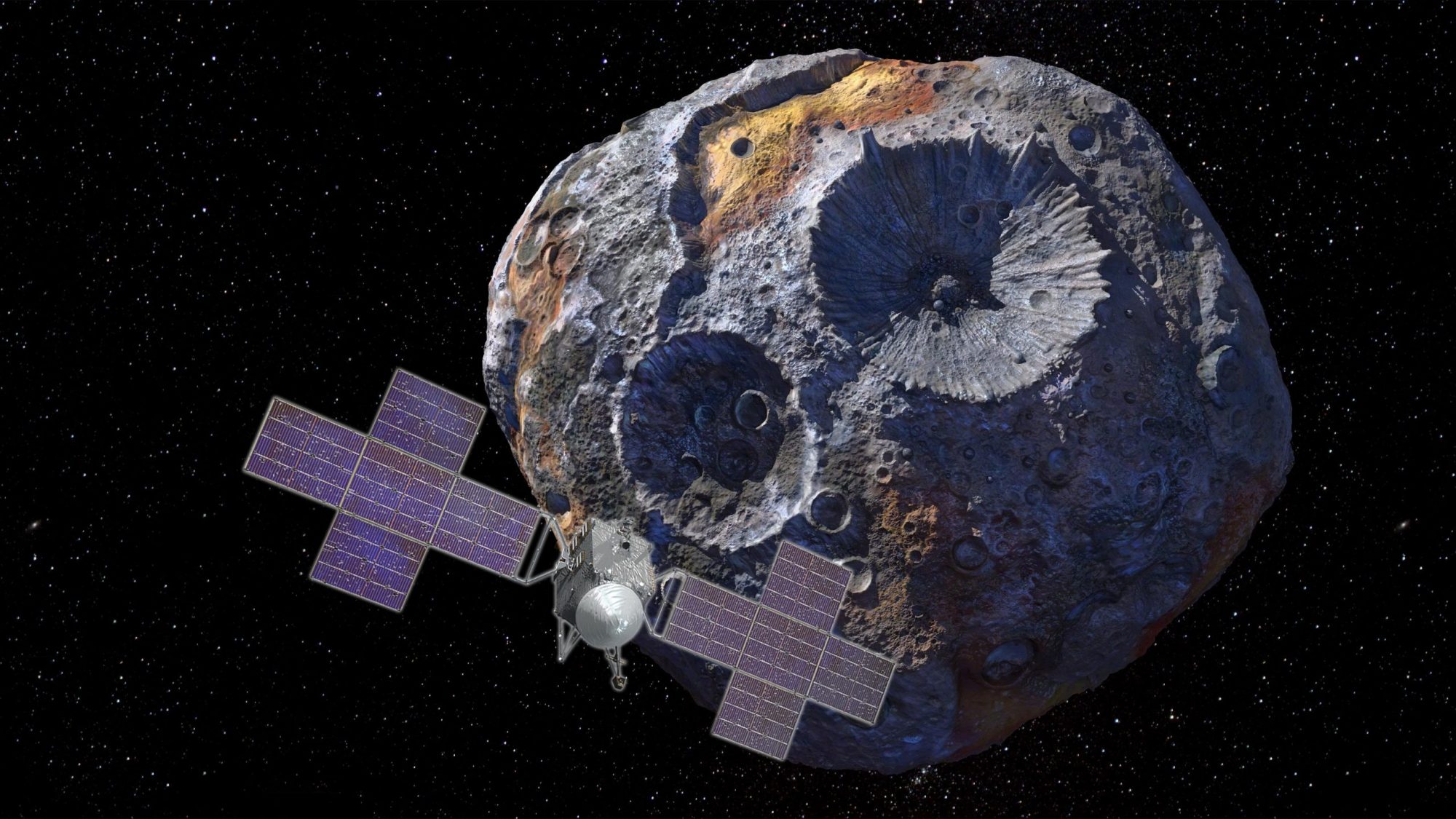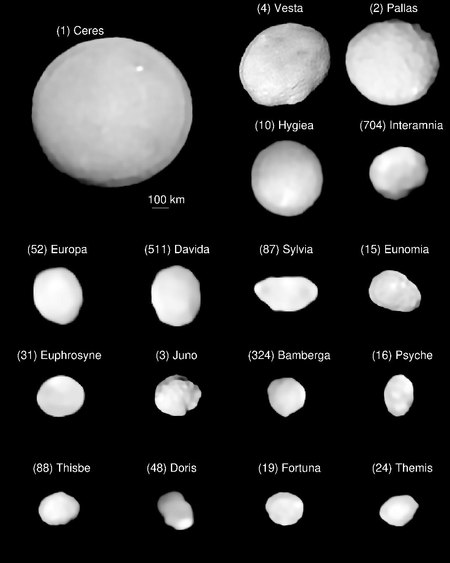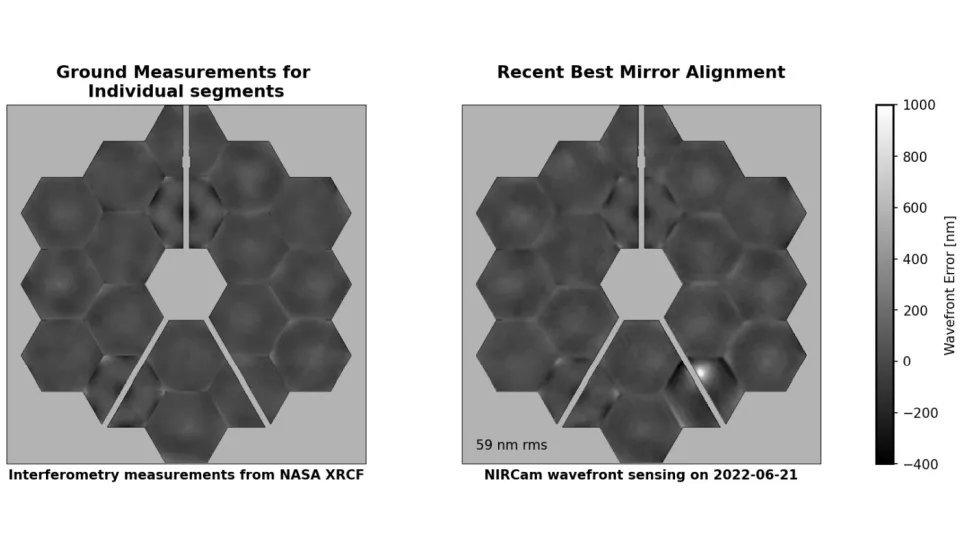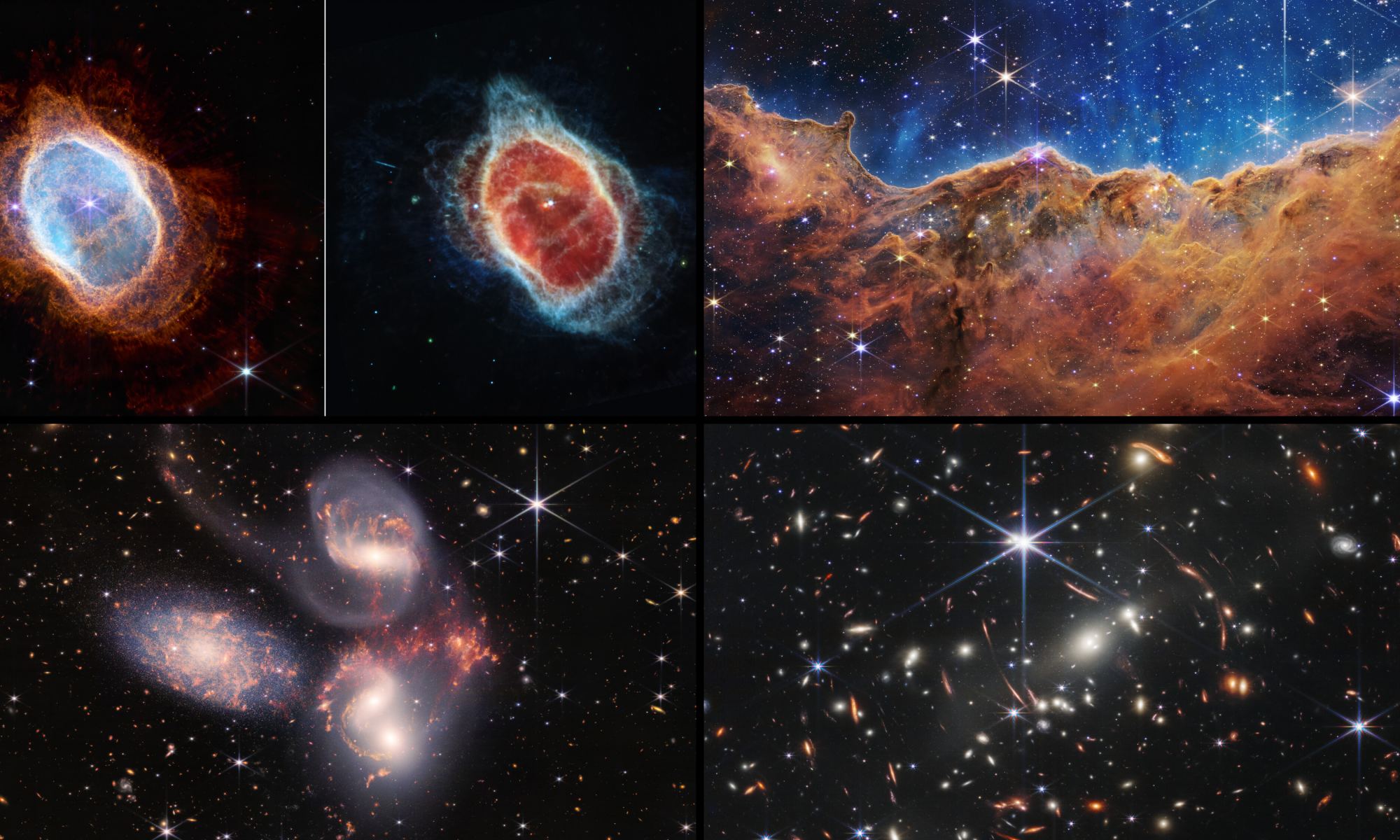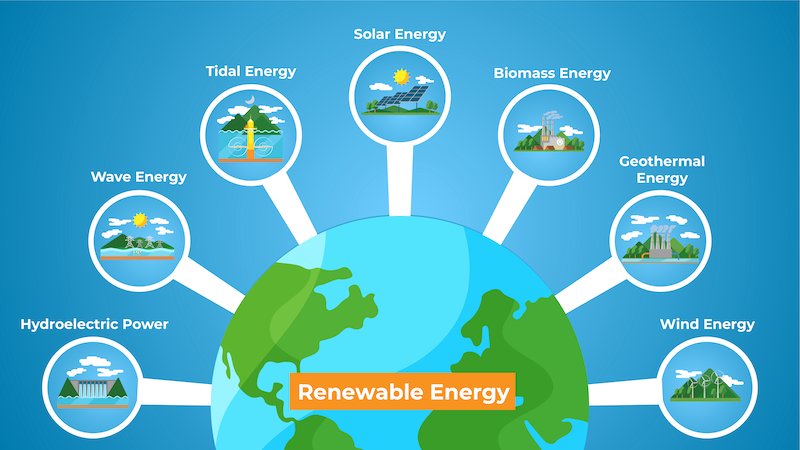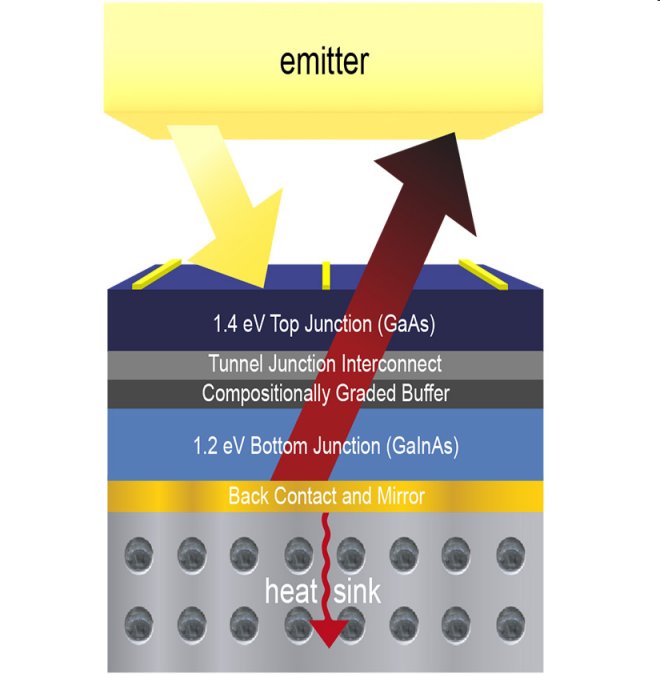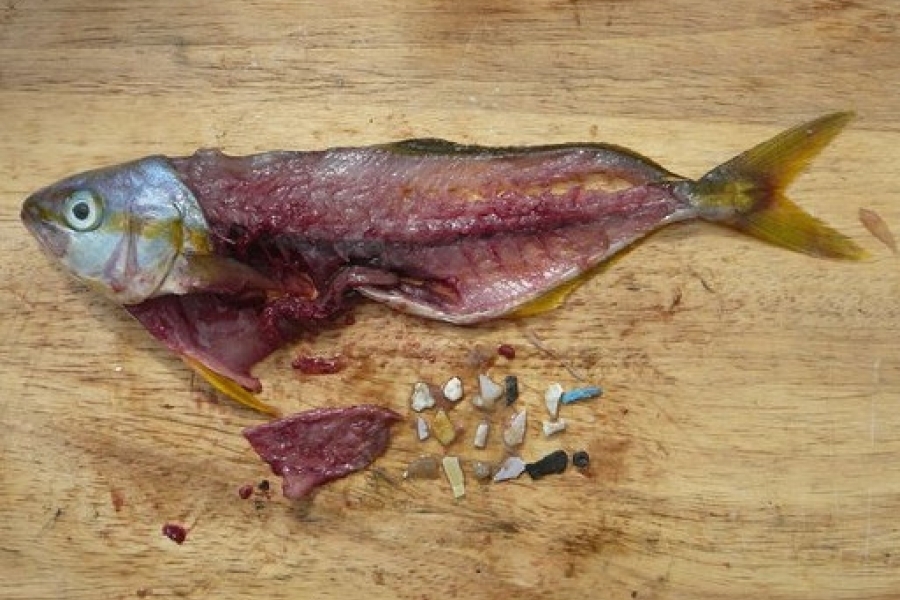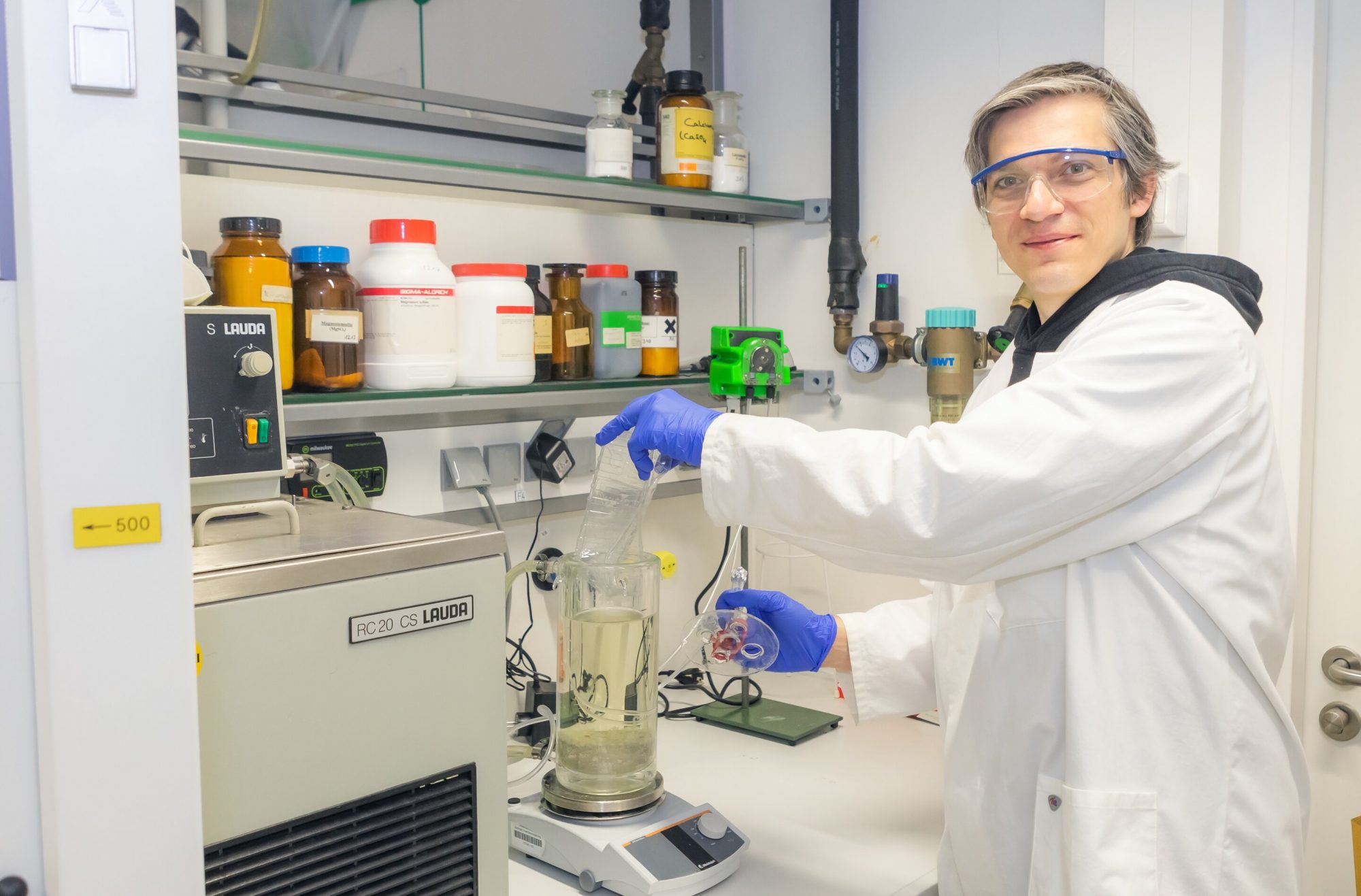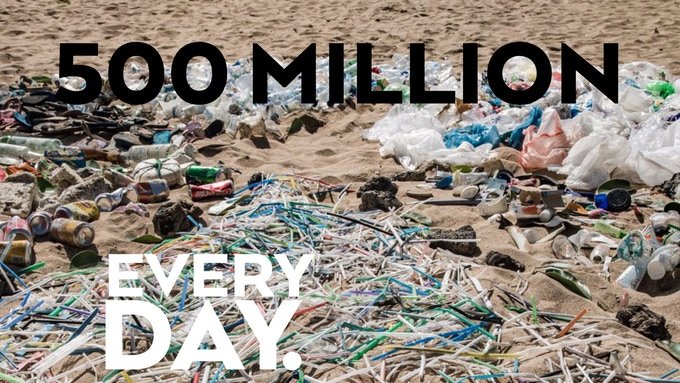Whether you call it Global Warming or Climate Change it’s an obvious fact that environmental conditions throughout the world are getting worse. And as the climate changes it is having an effect on almost every aspect of human life, even archaeology. Here are a couple of stories about how those changing conditions are actually helping archaeologists in their efforts to study the ancient past.
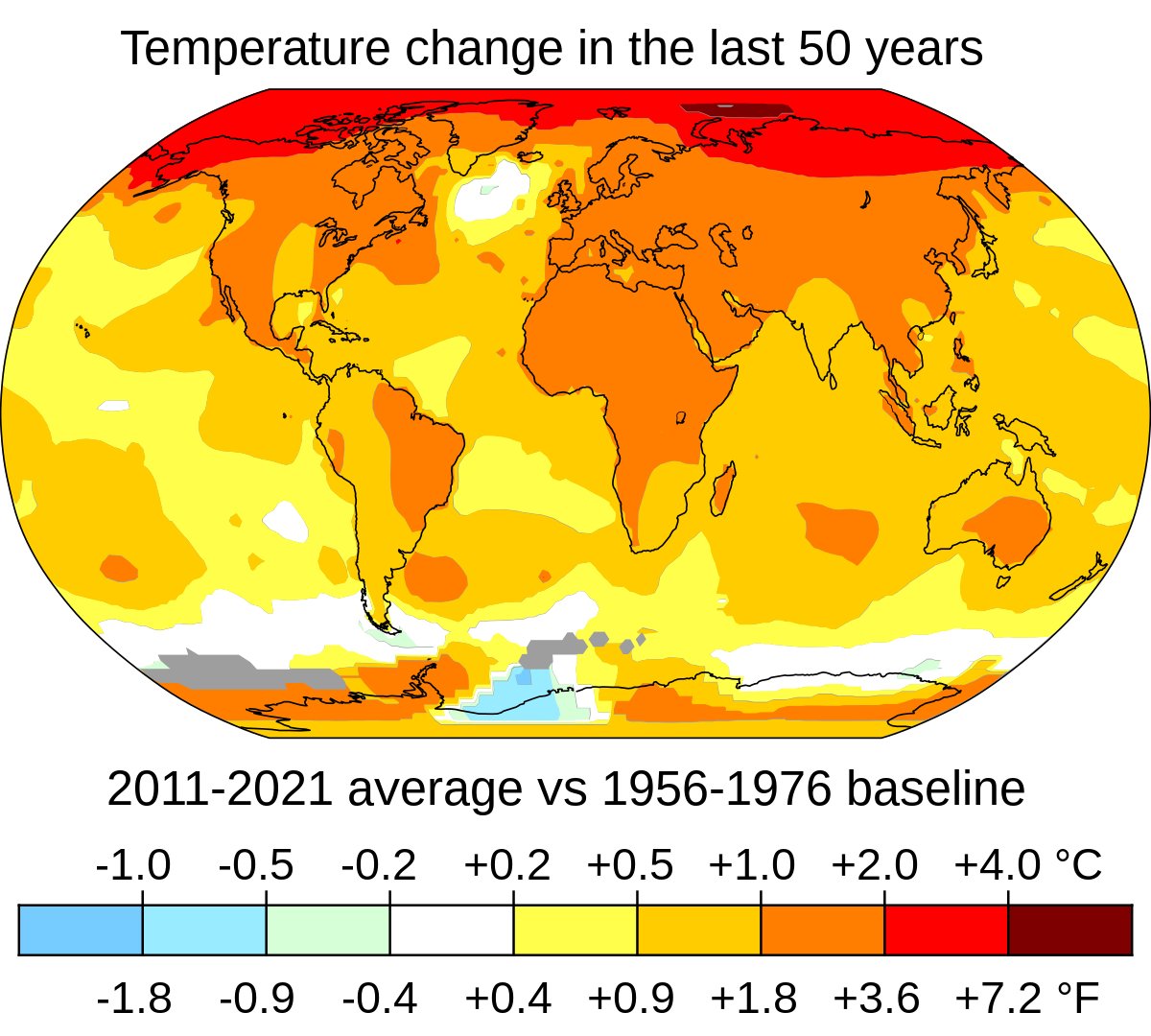
One of the clearest signs of climate change is the severe and persistent droughts that are happening in many places across the globe. The dry conditions in western North America may get the most news coverage but the droughts in eastern Africa and the Middle East are every bit as brutal. As in western North America the lack of rain has led to thousands of square kilometers of arid soil, dried up riverbeds and historically low levels in lakes and reservoirs. The emptying of those rivers, lakes and reservoirs is now unveiling land that had been underwater for decades if not centuries or more and in the Middle East that land could have been the site of ancient human habitations dating back to the very beginnings of civilization.
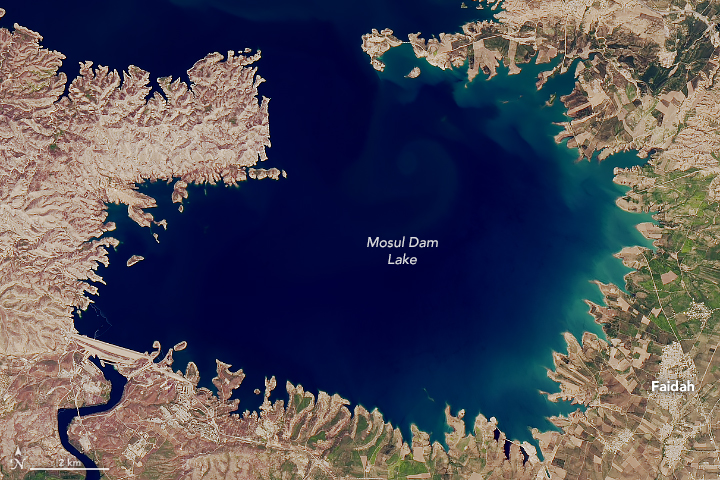
That’s exactly what happened recently at the Mosul reservoir, a part of the Tigris River system in northern Iraq. The prolonged drought has dropped water levels in the reservoir so much that an ancient city has appeared like magic along the banks. As quickly as the remains of scores of buildings were discovered back in January of 2022 a team of Kurdish and German archaeologists descended on the site to investigate and study the remains. Working swiftly the researchers gathered and documented what they could before the annual spring rains resubmerged the site.

What the archaeologists found was a large urban complex complete with defensive walls several meters high, a palace and several other large buildings dating to the late Bronze Age, ca. 1550-1350 BCE. At that time the region around the reservoir was a part of the Mittani Empire, one of the many city-state based powers that existed in Mesopotamia during the Bronze and Iron ages. The archaeologists even think that the site could be the city of Zakhiku an important center of Mittani culture that was destroyed in an earthquake around 1350 BCE.

While the archaeologists unearthed a large number of artifacts during their two-month excavation probably the most important discovery was the unearthing of ten ceramic jars containing more than 100 cuneiform tablets. Those tablets are now awaiting deciphering and who knows what information they could contain, whether it be the history of the city or just lists of stored agricultural products like grain or livestock.
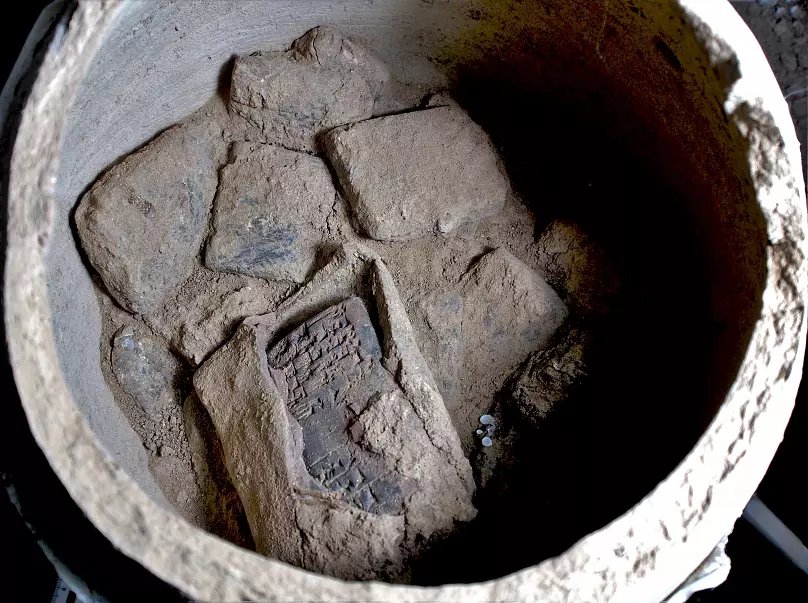
After two months of excavations the site was carefully protected by the archaeologists before the water level in the reservoir covered it once more. The buildings and walls were covered with tight fitting plastic sheets and held in place by a layer of gravel. These precautions will hopefully preserve the site until the next time the water level at Mosul gets low enough for further excavations to be carried out, which, thanks to climate change could be very soon.
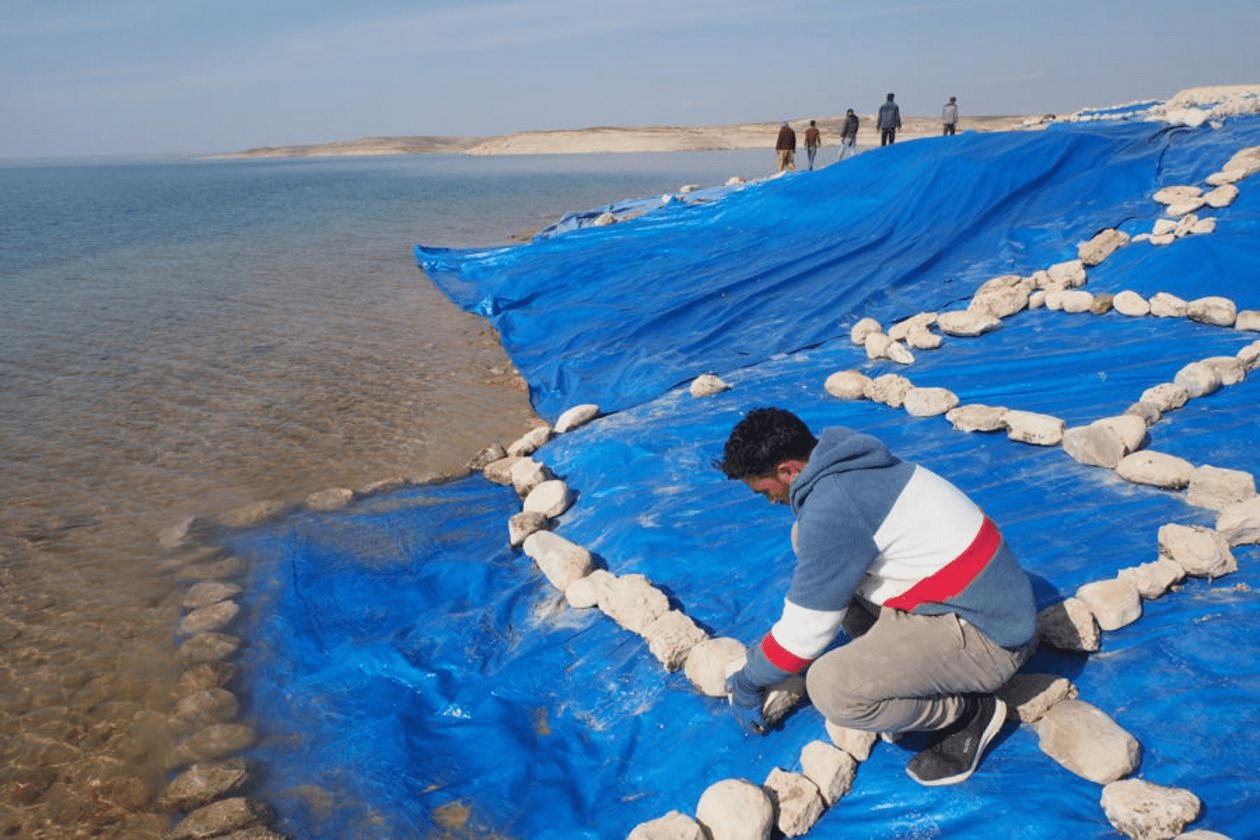
Not coincidentally the same thing is happening in western North America where drought has caused the water level in many large reservoirs to drop to record levels. The land that is being revealed is yielding surprising and in some cases grisly remains from the past. At lake Meade near Las Vegas for example the bodies of three individuals have been found who are thought to have been murdered and dumped in the lake back in the 1950s-60s when mobsters fought over the casinos of Nevada.
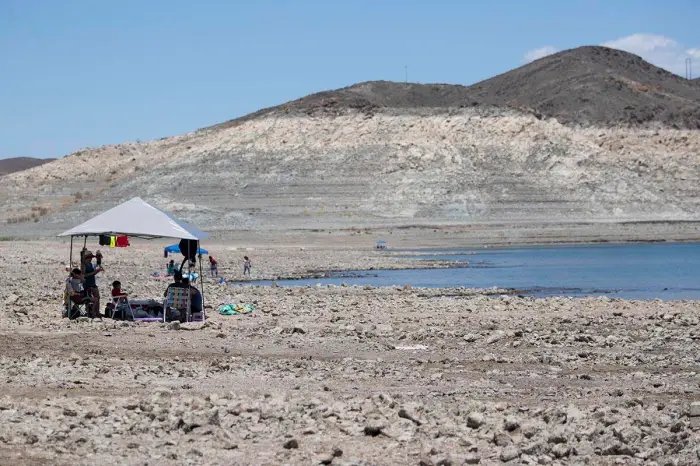
More important, if not more salacious, are the archaeological sites that have reemerged from Lake Powell, also along the Colorado River. In pre-Columbian times that region of what is now Utah was inhabited at different times by native Americans of the Pueblo, Paiute, Hopi and Navajo peoples. When the dam for Lake Powell was built it was feared that dozens if not hundreds of ancient sites had been lost forever. In fact archaeologists of that time organized a hasty survey of those sites called the Glen Canyon Project in the hopes of recording some of the remains there before they disappeared forever.

Turns out it wasn’t forever. Thanks to climate change and the severe drought throughout the western US about one quarter of the sites cataloged in the Glen Canyon survey have already been rediscovered and are currently being studied. The archaeologists involved in the research have been mostly astonished by how well preserved the sites are and are hopeful that this time the evidence of the past will be adequately investigated.
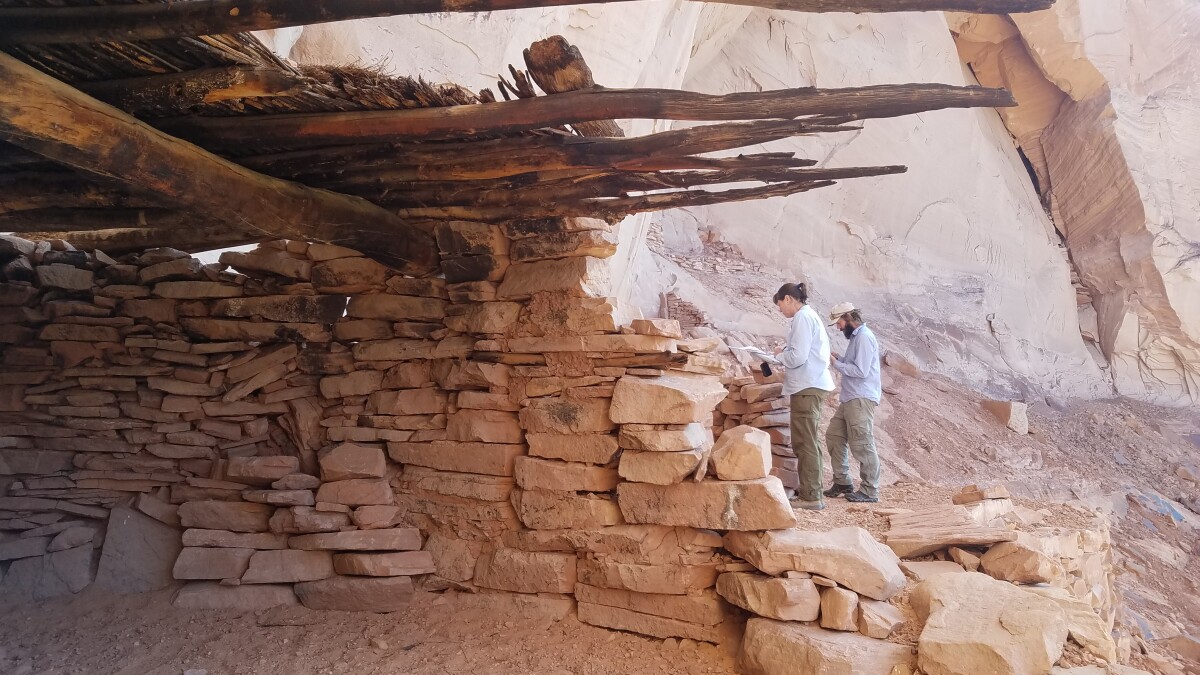
We all have heard the old saying, “Every cloud has a silver lining”, well perhaps the reemergence of ancient human habitations once submerged in modern reservoirs may be the silver lining of climate change, but that cloud around the silver lining is awfully big and black.


